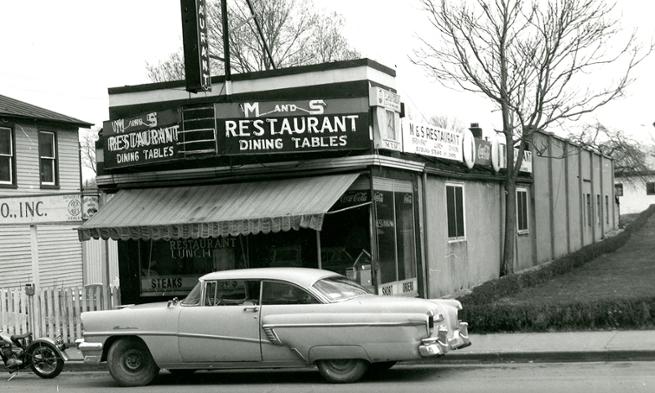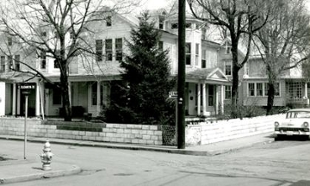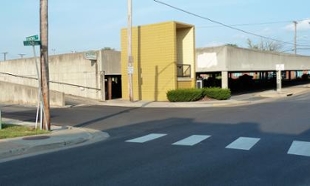Hidden in History
JMU in the Community
JMU engages Harrisonburg community in conversations to honor the past and shape the future
By Courtney Herb ('15)

A city's history is often a focus of celebration; an opportunity to look back and recognize what occurred in the past and continues to shape the present. Through a series of public dialogues, James Madison University is engaging the community to celebrate the history and development of Harrisonburg with special focus on the legacy of a long forgotten neighborhood.
JMuse Cafe sponsors "Remembering Place"
Established by the James Madison University Libraries in fall 2011, JMuse Cafe is an informal and lively forum for students, faculty, staff and the Harrisonburg community to come together and explore topics of public interest.
Sponsored by a partnership of civic and educational groups, JMuse's "Remembering Place" is a series of three panel discussions focusing on helping citizens consider how to honor Harrisonburg's past, while helping to shape its present and future. In connection with the recent decision to rename Cantrell Avenue in honor of civil rights activist Martin Luther King Jr., the first of these conversations hopes to shed some light on the history of Harrisonburg's development.
Until the 1960s, the area of Newtown was the heart of Harrisonburg's African-American community. This area bisected by North Mason Street, where establishments such as Kline's Dairy Bar and the Little Grill Collective now stand, was also a uniquely integrated neighborhood consisting of 60 percent African-American and 40 percent white inhabitants.
Urban renewal initiatives throughout the late 1950s and 1960s led Harrisonburg city officials to create a plan to bring industry to the area by replacing residential areas with large-scale commercial and residential projects. As a result, Newtown was destroyed along with institutions like the First Baptist Church and the Jewish Synagogue. Displaced residents of Newtown were put into new housing projects.

First dialogue focuses on Newtown
As a tribute to this lost part of history, the first of the three dialogues will concentrate on remembering Newtown through words and through pictures. Participants who previously lived in or know about this former community will be encouraged to add information to several photos of different Newtown landmarks, contributing to Harrisonburg's overall knowledge of its history.
David Ehrenpreis, Director of JMU's Institute of Visual Studies and moderator of these community conversations, believes the series can help all of Harrisonburg's citizens to reflect on the city's history and on their own relationships with the built environment.
The first of these dialogues, "Remembering Newtown," will take place at 6:30 p.m. on Thursday, Sept. 19 at the Lucy Simms Center. The conversation continues with "Remembering Downtown," and "Creating Our Town," at 6:30 p.m. on October 9 and October 30, respectively, in Memorial Hall Forum.
